
Here is new evidence that people aged 75 and older who take aspirin-based antiplatelet treatment for secondary prevention should also take PPIs.

Here is new evidence that people aged 75 and older who take aspirin-based antiplatelet treatment for secondary prevention should also take PPIs.

Does cerebrovascular atherosclerosis explain the connection between migraine and vascular diseases?

A meta-analysis compared medical therapy with medical therapy plus angioplasty for the treatment of symptomatic vertebral artery stenosis.

Studies discussed include neuropsychiatric symptoms leading to mild cognitive impairment and gesture comprehension and language in children with autism.

To estimate just how much treatment delays impact the effectiveness of endovascular therapy, researchers constructed a model using data from various sources.

May news includes ground-breaking FDA approvals, predictions of Alzheimer disease, and a possible biomarker for mild traumatic brain injury.
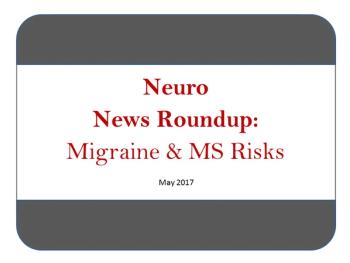
Research includes impact of body weight on migraine risk, effect of sleep on MS relapse, and side effects of statins in stroke survivors.

From the first hand-held vagus nerve stimulator for episodic cluster headache to a TMS therapy system for depression, we highlight 5 new technologies.

An abstract presented at ACC 2017 explored the cardiovascular effects of cannabis use.
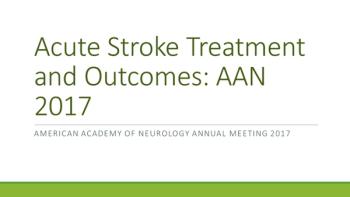
The effect of blood pressure on IAT safety and benefit and pediatric stroke outcomes based on treatment were some of the studies presented at AAN.
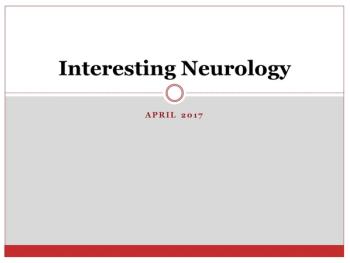
April news includes tools to manage brain injury and predict recovery, new drug hits and misses, and an updated epilepsy classification system.
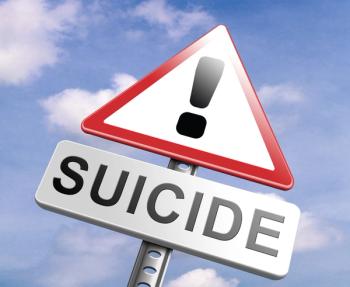
About one in eight stroke survivors are at risk of suicide ideation. Researchers examined rates and correlates in this patient population.

Is there a common biological pathway underlying ischemic stroke and migraine in young patients?
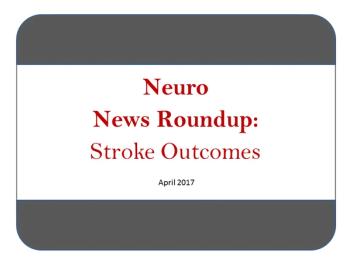
Studies include stroke risk with epilepsy, genetic predisposition for ischemic stroke, and dysphagia screening in stroke patients.

Research includes safety of digoxin with atrial fibrillation, comparison of cerebral embolic protection devices, and cerebral microbleed triggers.
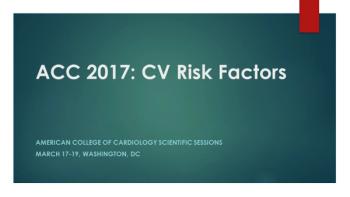
Research includes a possible link between Zika & CV issues, CV effects of cannabis use, and neurocognitive impairment with PCSK9 variants.

Is selective serotonin reuptake inhibitor use associated with an increased risk of spontaneous intracranial hemorrhage?
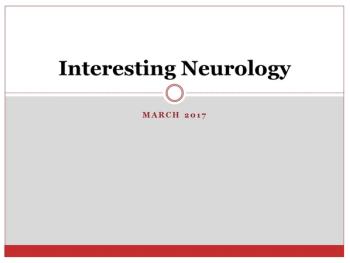
March news includes possible brain tumor therapies, a study exploring mechanisms underlying demyelination-induced seizures, and VNS post stroke.

Does clinician reimbursement structure (fee-for-service vs salary-based) affect type of care for patients with carotid artery stenosis?

Ten general and disease-specific apps for neurologists include assessment scales, anatomical diagrams, and interactive clinical decision support.

Research included the impact of diet on cognitive decline and the degree of a link between depression & dementia post intracerebral hemorrhage.
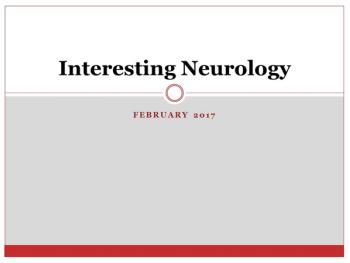
February news includes stroke risk with Alzheimer disease & migraine, neonatal hemorrhagic stroke, and head trauma in sports.
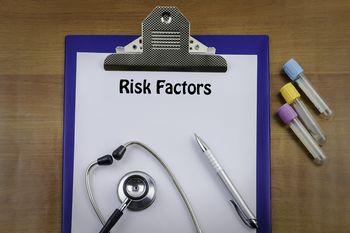
Stroke is the most common cause of epilepsy in older adults, but there is limited information about rates and risk factors in this population.
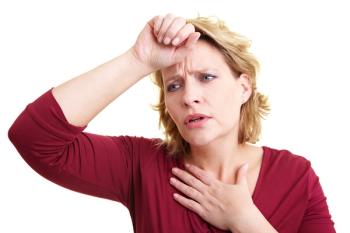
Studies that have evaluated the association between migraine and CV outcomes have shown inconsistent results.
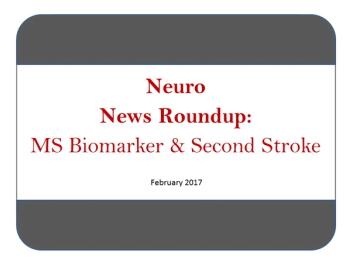
Three new studies explore preventing secondary stroke, a potential biomarker for MS prediction, and a link between vitamin D and headache.